I’m sure by now you have heard that wholesale sourcing can be a profitable way to build up an Amazon FBA inventory. On the flip side of the profitability of wholesale sourcing, though, some folks can be intimidated by the concept and hesitate to jump into this type of sourcing.
Today, I want to talk you through what I see as the top 5 myths about wholesale sourcing for Amazon FBA sellers. The thing about myths is that once you know the truth, you can see a path forward that isn’t clouded by uncertainty or fear. One of my goals for the Full-Time FBA blog is to always share the truth about selling on Amazon in such a way that you can set your business up for long-term success.
The top 5 myths about wholesale sourcing for Amazon FBA:

Myth #1: I need a warehouse before I can do wholesale sourcing.
I can tell you from personal experience that it just is not true that you need a warehouse to buy from wholesale sources or to store your wholesale purchases. Many folks think you need a warehouse with a lift gate and a pallet jack if you are going to be making wholesale purchases, but while those items can sure come in handy if you’re at that stage of your Amazon journey, they certainly aren’t necessary.
I’ve worked with many wholesale companies over the past several years, and all but the tiniest fraction of them allowed me to make purchases without the use of my own warehouse. When I first started making wholesale purchases, I was working solely out of my house, and I received shipments at my house without problems. I simply made sure the freight company knew they would need to make the delivery at a home without my own lift gate and pallet jack available, and the companies were able to make the necessary arrangements to make the deliveries.
If you use a prep center to receive your wholesale deliveries, they should be able to make the necessary arrangements at their facilities. On top of that, there are even some wholesale brands that will actually ship your inventory directly to Amazon for you.
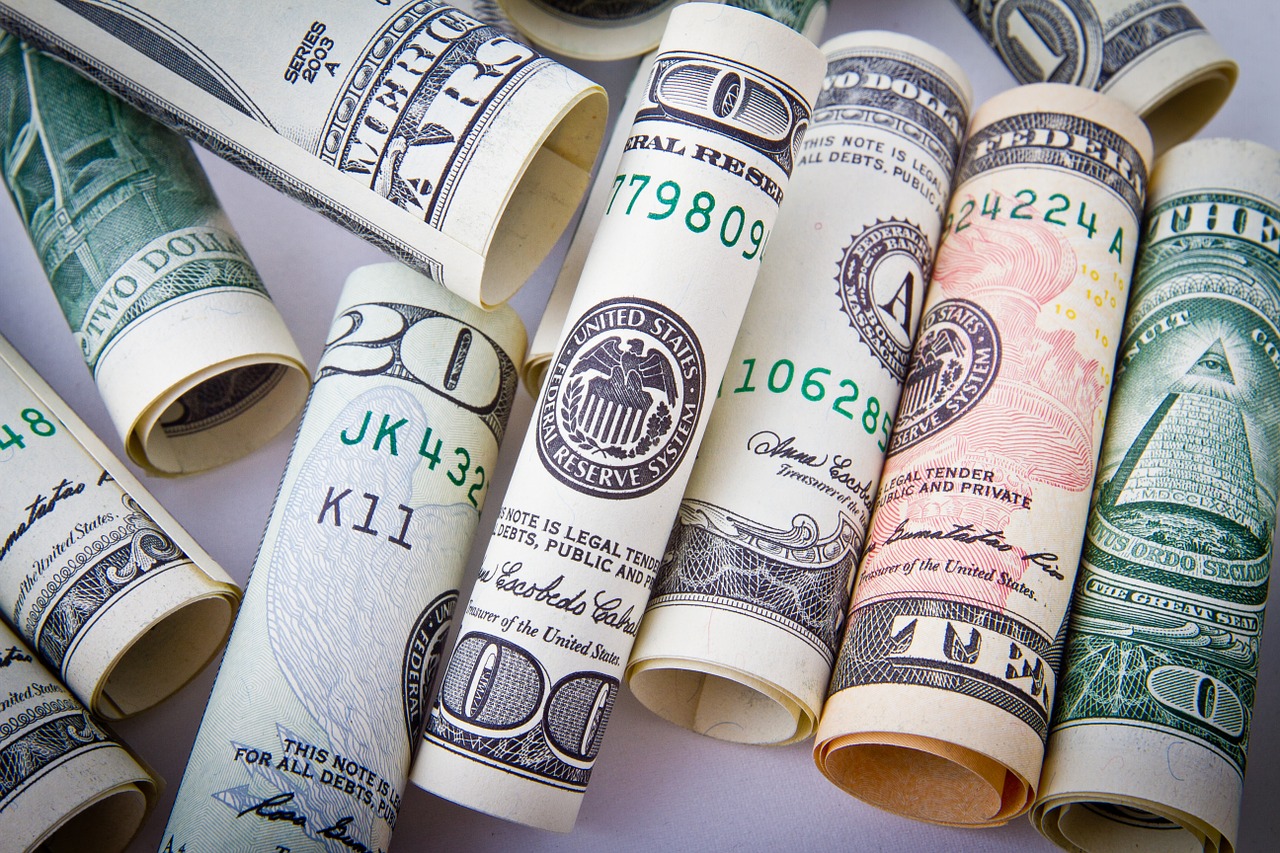 Myth #2: I need a lot of capital (money) to get into wholesale sourcing.
Myth #2: I need a lot of capital (money) to get into wholesale sourcing.
The truth is that most wholesale companies are going to require a minimum opening order and minimum reorders. Based off of that fact, many people assume that the minimums must be relatively high – in the thousands or tens of thousands. But those figures are assumptions, not necessarily the truth.
Some wholesale companies might require huge investments in order to make purchases, but there are plenty of places where you can make opening orders of just a few hundred dollars. It may take a bit of leg work to do the research and find them, but it’s more than possible! As a side note, I encourage you to find these companies and make smaller purchases as you are getting started in wholesale, so that you can avoid some of the mistakes I made when I first got started and not go too deep on an untested item. The highest minimum order I’ve even been asked to make was only $550, and overall, I found that the average minimum opening order for a wholesale account is only around $300.
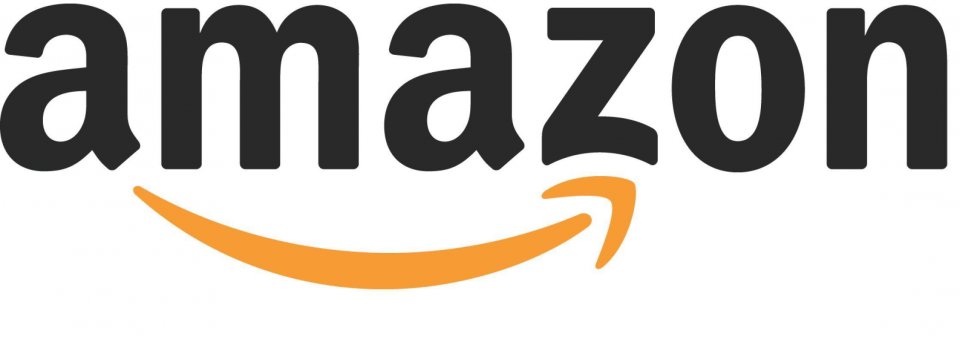 Myth #3: Wholesale companies won’t sell to me because I’m an Amazon reseller.
Myth #3: Wholesale companies won’t sell to me because I’m an Amazon reseller.
Again, this myth has gained traction in the reselling world because there’s a hint of truth to the foundation. Yes, some wholesale companies aren’t interested in opening accounts with Amazon resellers – or they aren’t allowing any new Amazon sellers to open accounts because they think they already have enough sellers on Amazon. But that doesn’t mean that no wholesale companies will sell to you!
There are plenty of companies out there who are open to Amazon resellers, if you’re willing to do the work to look for them and develop relationships with them. If you want to streamline the process of finding these types of companies, check out the Worldwide Brands website for a directory of wholesale companies where you can search for the ones who work with Amazon resellers. Right now their wholesale directory is $112.00 off! (Note: Their website also contains info on companies who dropship, which I do not recommend as a viable long-term Amazon selling strategy.)
Searching for wholesale companies who will work with Amazon sellers can take some time, but the payoff can be huge. Once you find a company who has products you can turn into Amazon profits and order from again and again, you will be so glad you did the upfront hard work of searching for them.
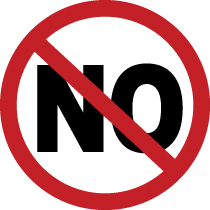 Another reason some brands say they will not sell to Amazon sellers is because that brand might have experienced too many bad situations in the past where the previous Amazon sellers have been horrible business partners. If you can find out why a brand does not want to work with Amazon sellers, then you can show them that you are not like those previous Amazon sellers but are actually an Amazon seller who would be a good fit to sell their product. Here are more ways to get brands who say “no” to other sellers say “yes” to you.
Another reason some brands say they will not sell to Amazon sellers is because that brand might have experienced too many bad situations in the past where the previous Amazon sellers have been horrible business partners. If you can find out why a brand does not want to work with Amazon sellers, then you can show them that you are not like those previous Amazon sellers but are actually an Amazon seller who would be a good fit to sell their product. Here are more ways to get brands who say “no” to other sellers say “yes” to you.
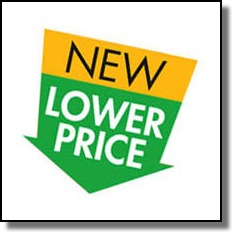 Myth #4: Wholesalers always sell at the lowest prices.
Myth #4: Wholesalers always sell at the lowest prices.
Traditionally, wholesale companies like to sell their products at keystone prices – 50% off the listed retail price. Purchasing at keystone prices gives you plenty of room to make some profits on their merchandise.
But there are also ways to make purchases at even lower prices and get even more profit when you sell the items on Amazon:
-
- Discounts from making larger purchases – you may need to ask for this type of discount, so don’t be afraid to negotiate.
- Sales around certain holidays or events – be sure you’re on the email list for your wholesale companies, so you can get coupon codes.
- Clearance prices if they are selling out of an item – if you’ve already tested this item on Amazon, don’t be afraid to buy them out at clearance prices.
- Free shipping promotions.
 Myth #5: It’s hard (impossible?) to find profitable wholesale items.
Myth #5: It’s hard (impossible?) to find profitable wholesale items.
When you open an account with a wholesale company, you get a PDF or a spreadsheet with a list of their items and prices. Now comes the fun part of trying to sort through those lists and find the profits! Some folks think it’s next to impossible to find anything worth selling on Amazon, like finding a needle in a haystack.
I want to approach this myth from two different angles.
First, many people are just flat out tackling this problem in the wrong order. They get a wholesale account from a random company and then start looking through the catalog for items to sell. Instead, I recommend you go to Amazon first, find items with good sales ranks, and then reach out to the wholesale company about opening an account so you can sell their products. If you go in this order, you already know the Amazon price and sales rank history, so you know whether or not it has the potential to make you any profits.
 Second, if you already have a price list from a wholesale company, it doesn’t have to take hours to sort through the items and look at Amazon product pages to find whether any of them are profitable. You can use tools like Tactical Arbitrage to scan the brand provided spreadsheet with prices and UPCs to quickly identify products that fall into your buying parameters. If you have a PDF of a price list, you can hire a virtual assistant from a website like Upwork or FreeeUp to turn the PDF into a spreadsheet, and then you can scan it with Tactical Arbitrage. (Note: If you use the code FULLTIME10 you will get an extended 10-day trial when you sign up for Tactical Arbitrage.)
Second, if you already have a price list from a wholesale company, it doesn’t have to take hours to sort through the items and look at Amazon product pages to find whether any of them are profitable. You can use tools like Tactical Arbitrage to scan the brand provided spreadsheet with prices and UPCs to quickly identify products that fall into your buying parameters. If you have a PDF of a price list, you can hire a virtual assistant from a website like Upwork or FreeeUp to turn the PDF into a spreadsheet, and then you can scan it with Tactical Arbitrage. (Note: If you use the code FULLTIME10 you will get an extended 10-day trial when you sign up for Tactical Arbitrage.)
So there you have it, the top 5 myths are totally busted! Now that you know these myths are not true, what’s stopping you from trying out wholesale sourcing for your Amazon FBA business? If you have any questions for me or other myths you want busted, let me hear from you in the comments below.
*Post updated for 2023
![]()
The Wholesale Formula course is finally OPEN
but closes down in only:
(and I want to give you a $3000+ bonus for enrolling)
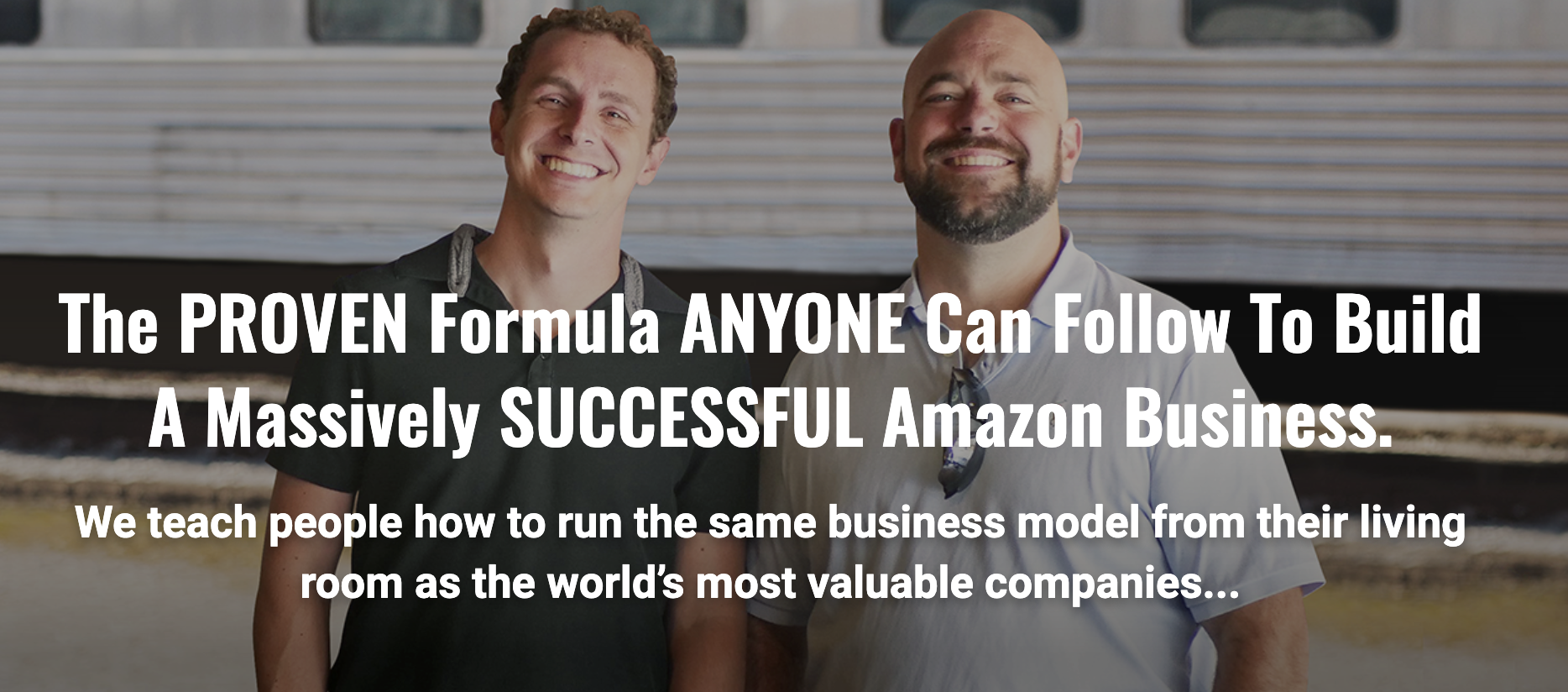 If you’re ready to take the next step with learning how to start and grow a successful Amazon business via the power of wholesale, then I highly recommend doing what I did: enroll in The Wholesale Formula today.
If you’re ready to take the next step with learning how to start and grow a successful Amazon business via the power of wholesale, then I highly recommend doing what I did: enroll in The Wholesale Formula today.
Since The Wholesale Formula literally transformed my Amazon FBA business (and my life), and since I’ve been through the course and I’ve personally seen the results, I wanted to add an exclusive bonus package worth well over $3000 for anyone who purchases The Wholesale Formula via my link. But this opportunity to get my bonus package will expire when time runs out.
If you purchase The Wholesale Formula you’ll not only get The Wholesale Formula 2024 video course (with all the bonus videos, coaching calls, wholesale sourcing support group, etc.), but you’ll also get FIVE special bonuses from me.
BONUS #1: Access to ALL of my digital ebooks and video courses for FREE! (Value = $2600)
You’ll get:
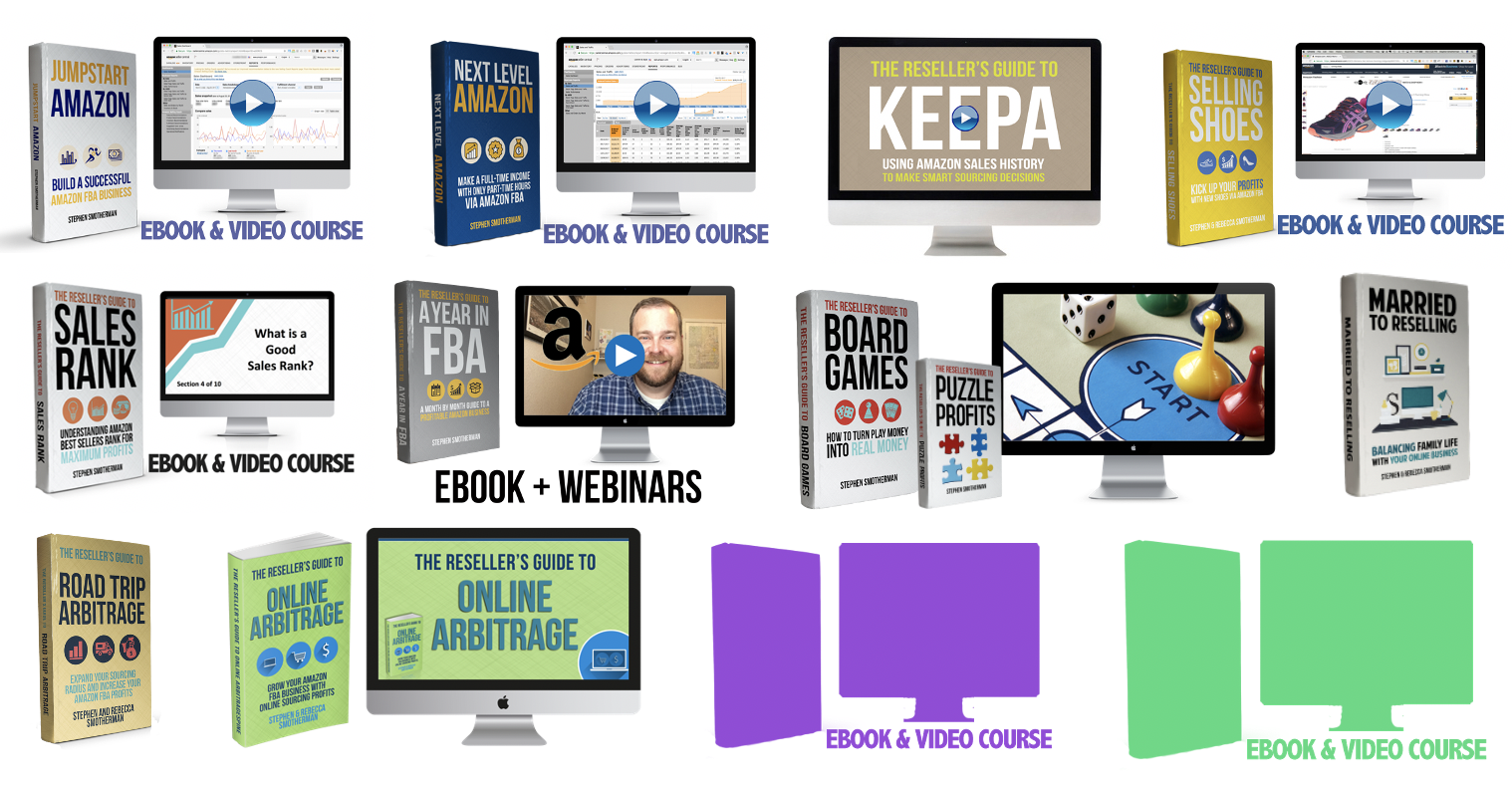 JumpStart Amazon ($547)
JumpStart Amazon ($547)
Next Level Amazon ($597)
The Reseller’s Guide to Keepa ($157)
The Reseller’s Guide to a Year in FBA ($297)
The Reseller’s Guide to Replenishables ($137)
The Reseller’s Guide to Online Arbitrage ($197)
The Reseller’s Guide to Pricing ($127)
Married to Reselling ($27)
The Reseller’s Guide to Board Games ($87)
The Reseller’s Guide to Sales Rank ($17)
The Reseller’s Guide to Road Trip Arbitrage ($47)
The Reseller’s Guide to Selling Shoes ($157 – currently closed to the public)
How to Have a 6-Figure Q4 Masterclass ($137)
That’s $2600 in bonuses so far (yes, there are more coming). These are not made up prices for items I never sell… this is $2600 in real content that I regularly sell at full price all year long. You can get it all at no additional charge if you enroll in The Wholesale Formula via my link.
BONUS #2 – Exclusive access to the master class: How to Maximize Your Profits with The Wholesale Formula (Value = Priceless)
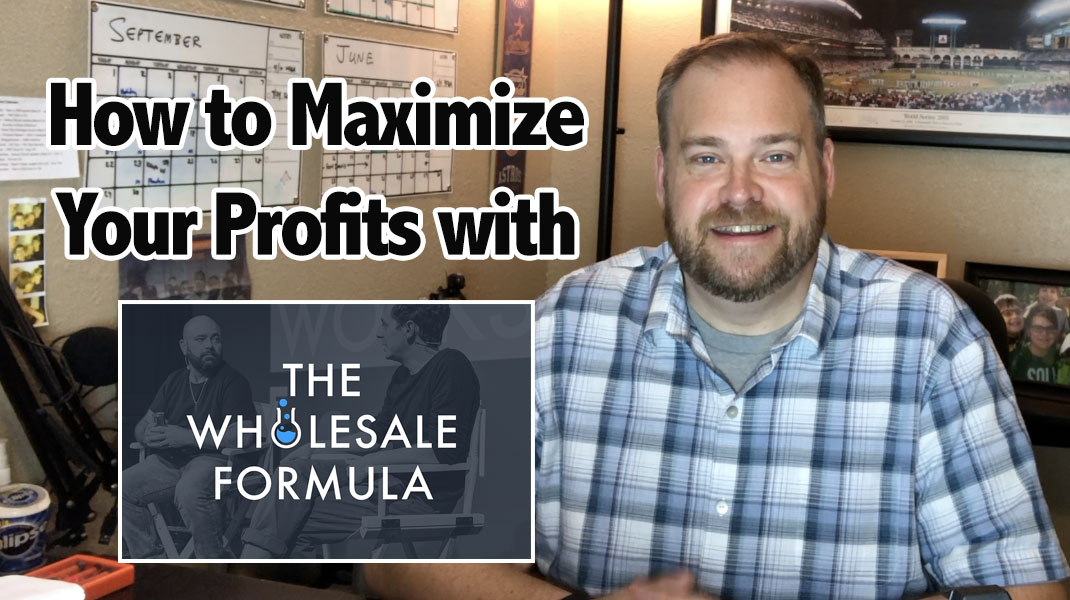 In this exclusive master class, I’ll teach you:
In this exclusive master class, I’ll teach you:
- How to turn the wisdom of The Wholesale Formula into actual results.
- What to expect in your first few months of buying from wholesalers.
- How to overcome your fears of securing new wholesale accounts.
- Strategies to succeed with wholesale while still doing RA, OA, or both!
- How you can outsource key parts of wholesale to free up more time.
- And so much more!
Again, this exclusive master class is only for those who purchase The Wholesale Formula via my link.
BONUS #3 – Exclusive TWF Wholesale Leads List (Value = $300)
How would you like personal access to a list of at least 150 pre-screened wholesale leads? This is a list that you (and nobody else) will get access to. All of these wholesale leads will pass the following criteria:
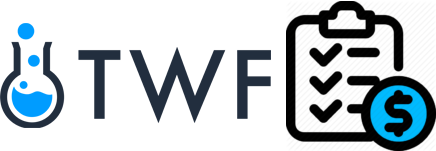 Are from your choice of 10 best categories for wholesale opportunities
Are from your choice of 10 best categories for wholesale opportunities- The product has 60+ sales per month
- The selling price of the product is over $9.95
- Amazon is NOT a current seller
That’s right! These are at least 150 (and potentially over 200) leads that will all be in the same category of your choosing. Choose from the following categories for your personalized leads list (Automotive Parts & Accessories, Baby, Garden & Outdoor, Health & Household, Home & Kitchen, Grocery & Gourmet Foods, Office Products, Pets, Sports, or Toys & Games).
This bonus alone is worth $300, but you get it for FREE when you sign up for The Wholesale Formula course.
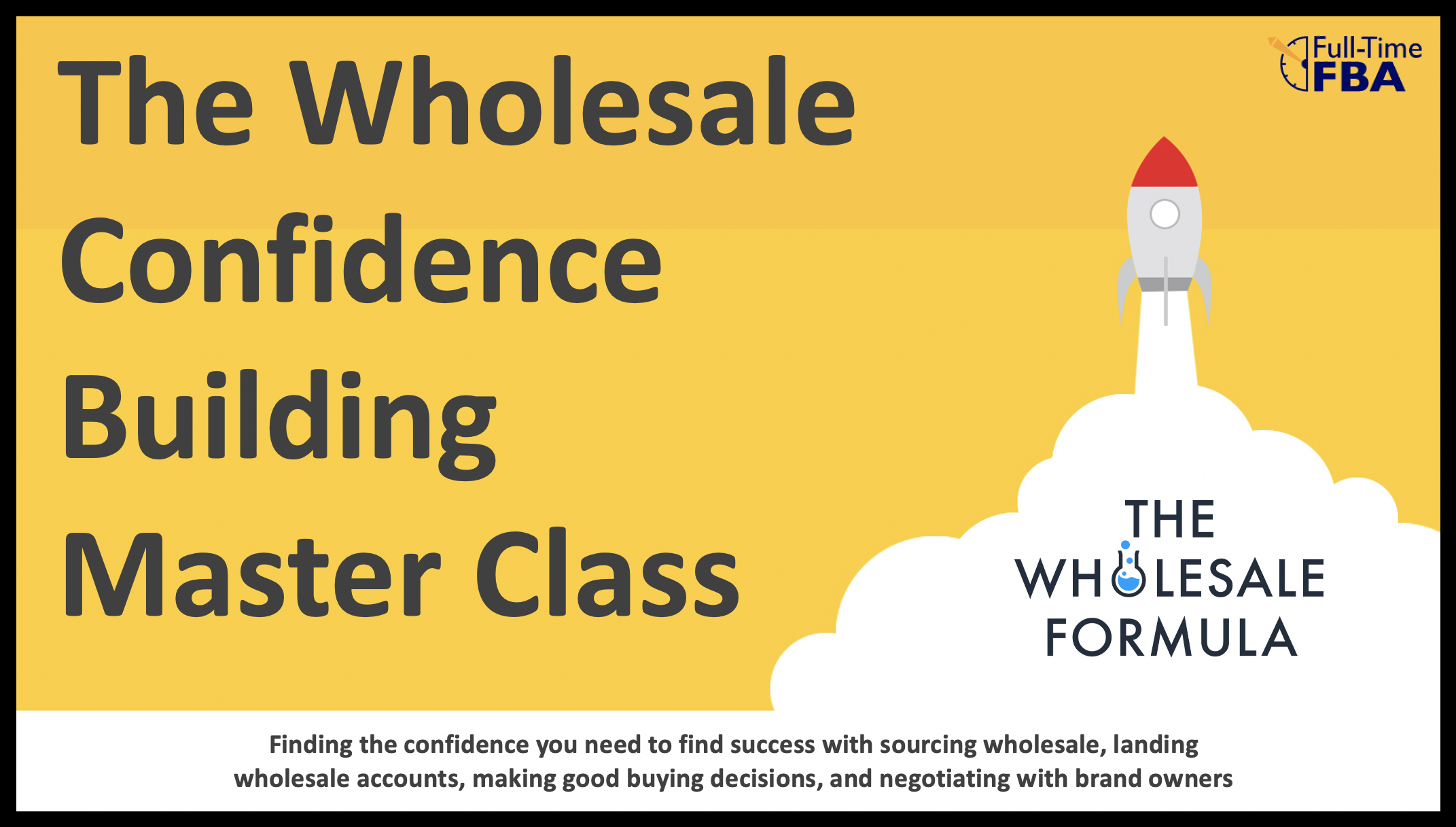 BONUS #4 – Exclusive Access to The Wholesale Confidence Building Masterclass (Value = Priceless
BONUS #4 – Exclusive Access to The Wholesale Confidence Building Masterclass (Value = Priceless
One of the missing ingredients to having success with wholesale scouting, sourcing, and selling is… CONFIDENCE. For those who lack the confidence, it’s easy to give up and convince yourself that you can’t achieve your wholesale success goals. A lack of confidence might cause certain brand owners to not let you sell their bran items on Amazon.
In this masterclass, I’ll show you how to gain confidence in your wholesale sourcing, confident conversations with brand owners, and how to make confident decisions on which and how many wholesale items to buy to sell on Amazon. This master class will set you apart from your competition by giving you the confidence you need to succeed faster than if you did it all on your own.
Again, this exclusive master class is only for those who purchase The Wholesale Formula via my link.
That’s over $3000 in FREE bonuses just for getting The Wholesale Formula through my link.
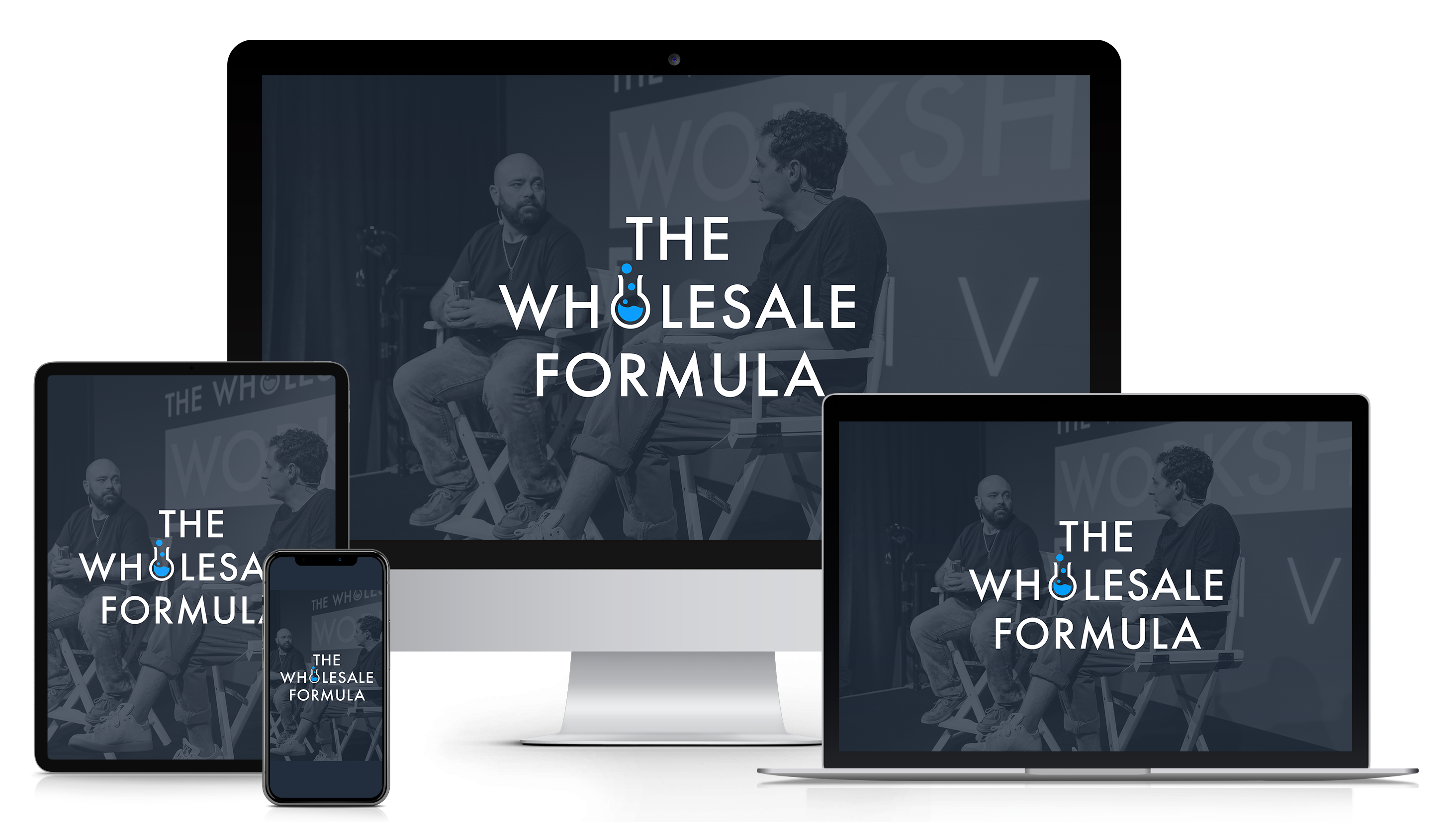 If you’re curious about what comes with The Wholesale Formula, you can click here to find out more. The package includes a full length wholesale video training course, replays of all the previous webinars, as well as access to a video vault filled with even more wholesale help. You’ll also get access to a secret TWF Coaching Support community (which allows students to interact with coaches via message boards and weekly live Q&As), coaching calls every other week, video modules on how to train a VA to do wholesale sourcing for you, and so much more.
If you’re curious about what comes with The Wholesale Formula, you can click here to find out more. The package includes a full length wholesale video training course, replays of all the previous webinars, as well as access to a video vault filled with even more wholesale help. You’ll also get access to a secret TWF Coaching Support community (which allows students to interact with coaches via message boards and weekly live Q&As), coaching calls every other week, video modules on how to train a VA to do wholesale sourcing for you, and so much more.
Note: The Wholesale Formula course will only be open for enrollment for a few days. In faxt here’s how much time you have left to enroll:
Enroll in The Wholesale Formula today. With a 30 day money back guarantee, you have nothing to lose.
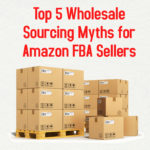
Thank you. You write very well, the info is clear and well put. I do gain more from your webinars, though. If you have the time, I would love to see you work off amazon, find a wholesale company, write the email requesting a catalog and then use Tactical Arbitrage software to find a profitable one.
You can find most of that in this FREE wholesale online workshop video. https://www.fulltimefba.com/wholesaleformula
Thank you, you always offer valuable content !
Hi Stephen; TWF webinars were great. A lot of good stuff. I would like to get the course but $1k for 3 months is something I can’t do right now. I have been hit hard by COVID-19 and I need to be cautious when it comes to spending. Any chance you can help with some other payment options?
Thank you for everything.
I’m not the one in charge of the payment options (the guys from TWF are), but I would think that if you can’t handle the payment for the course, then you’re not ready to make the financial investment for growing a wholesale business right now. Maybe things will be better for your situation next year. I wish you all the best.